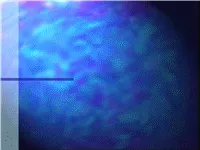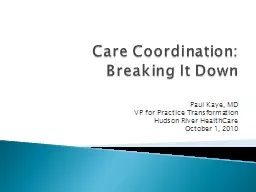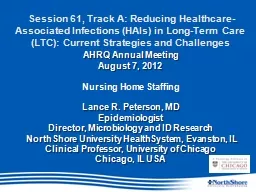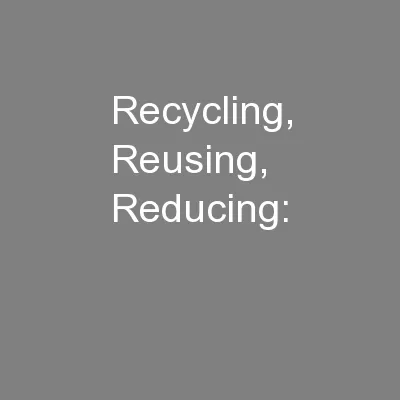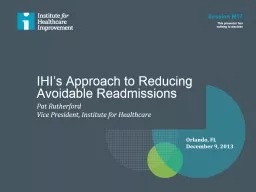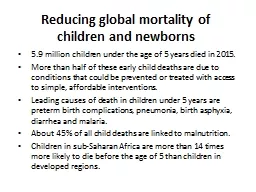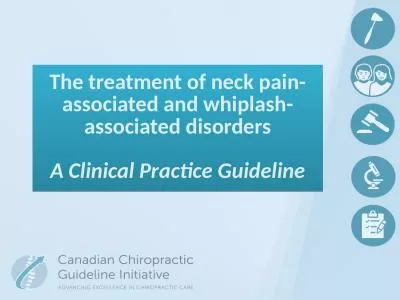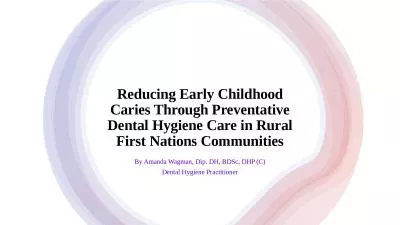PPT-Reducing Health Care Associated
Author : bitechmu | Published Date : 2020-07-02
Infections Quality Improvement NURS 362 Cody Gibo Sylvia Lee Meagan Kubo Janalynn Rollins Summery of Problems HAIs are a major problem because
Presentation Embed Code
Download Presentation
Download Presentation The PPT/PDF document "Reducing Health Care Associated" is the property of its rightful owner. Permission is granted to download and print the materials on this website for personal, non-commercial use only, and to display it on your personal computer provided you do not modify the materials and that you retain all copyright notices contained in the materials. By downloading content from our website, you accept the terms of this agreement.
Reducing Health Care Associated: Transcript
Download Rules Of Document
"Reducing Health Care Associated"The content belongs to its owner. You may download and print it for personal use, without modification, and keep all copyright notices. By downloading, you agree to these terms.
Related Documents

